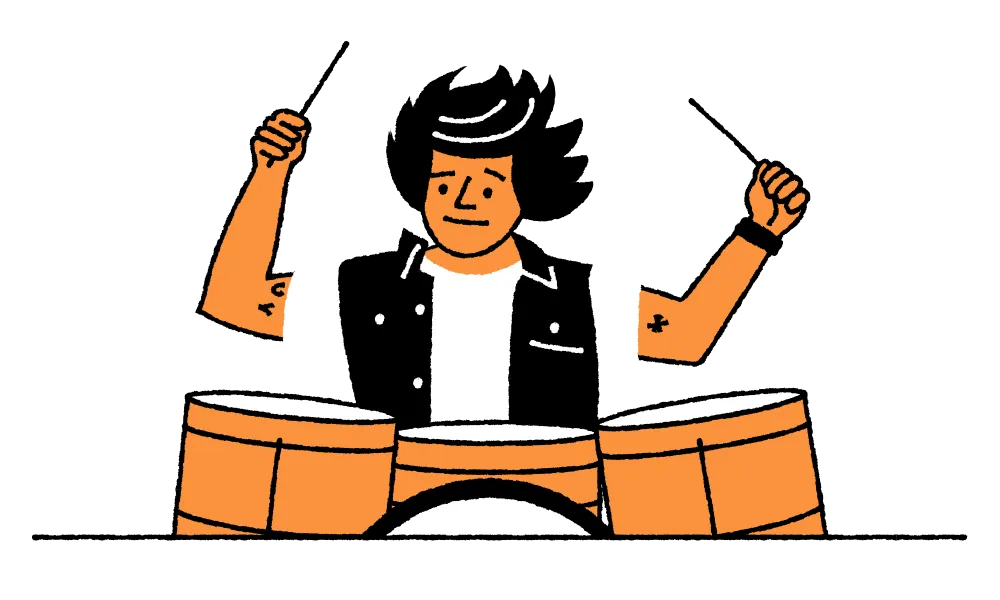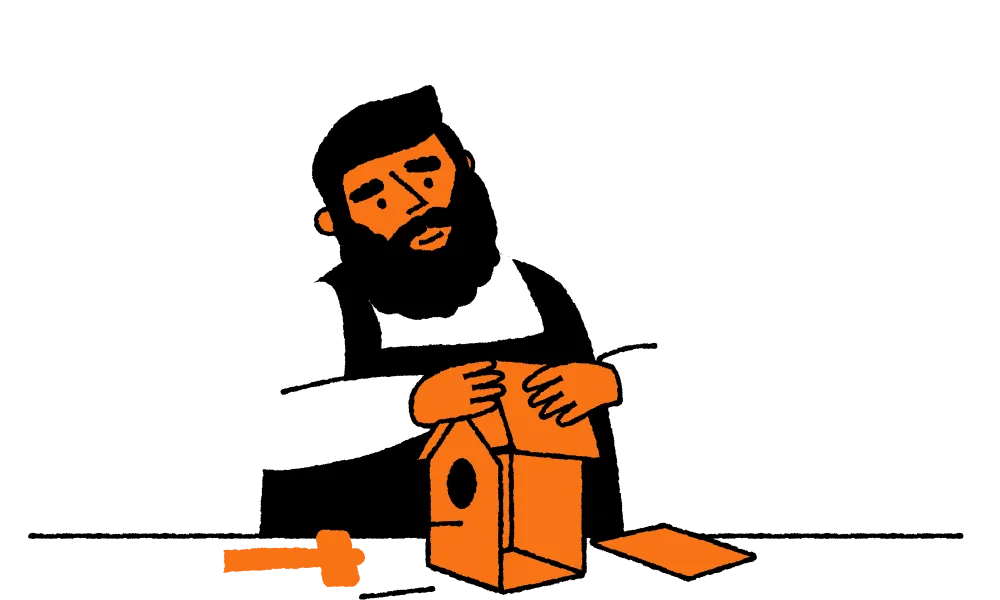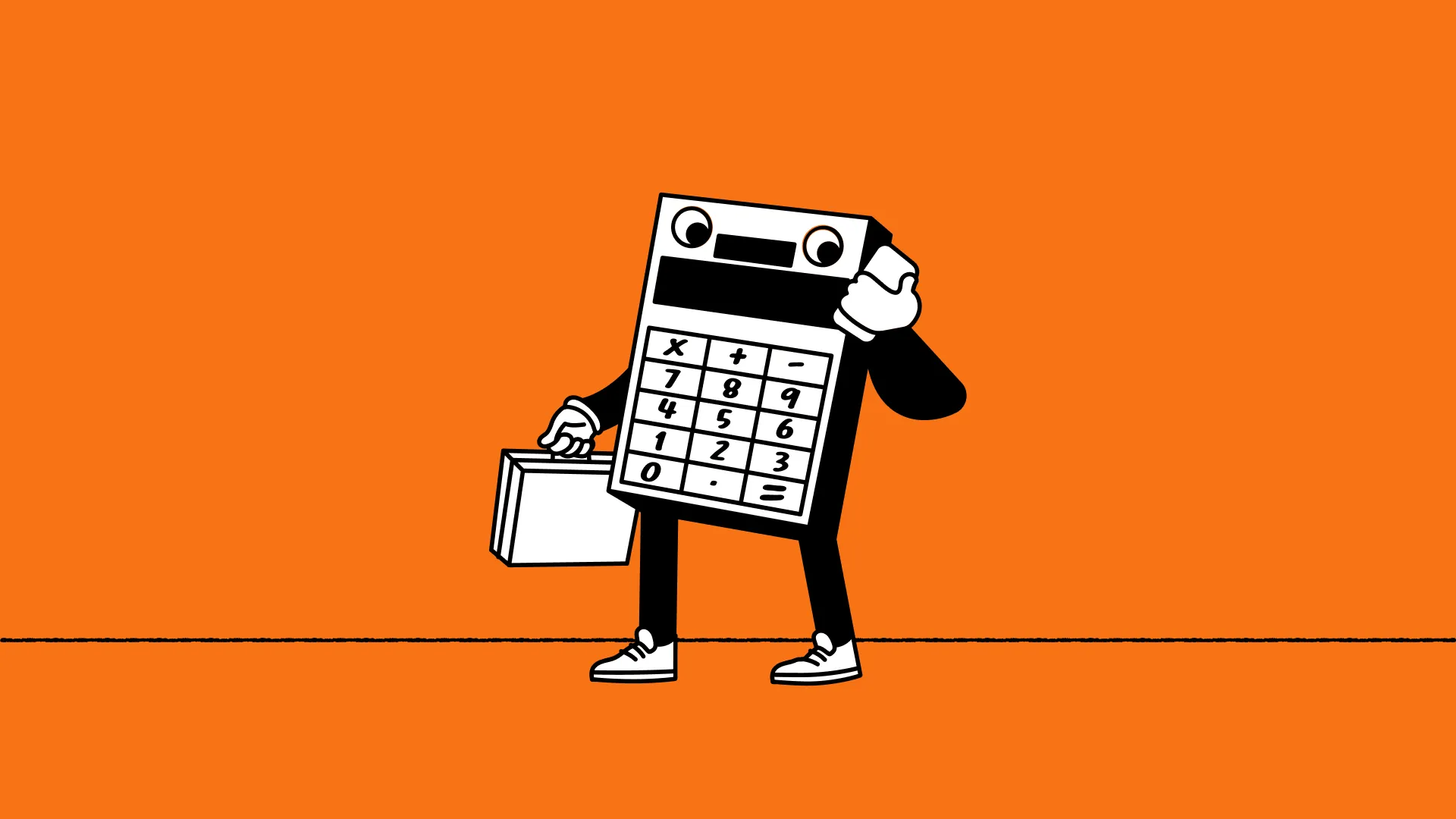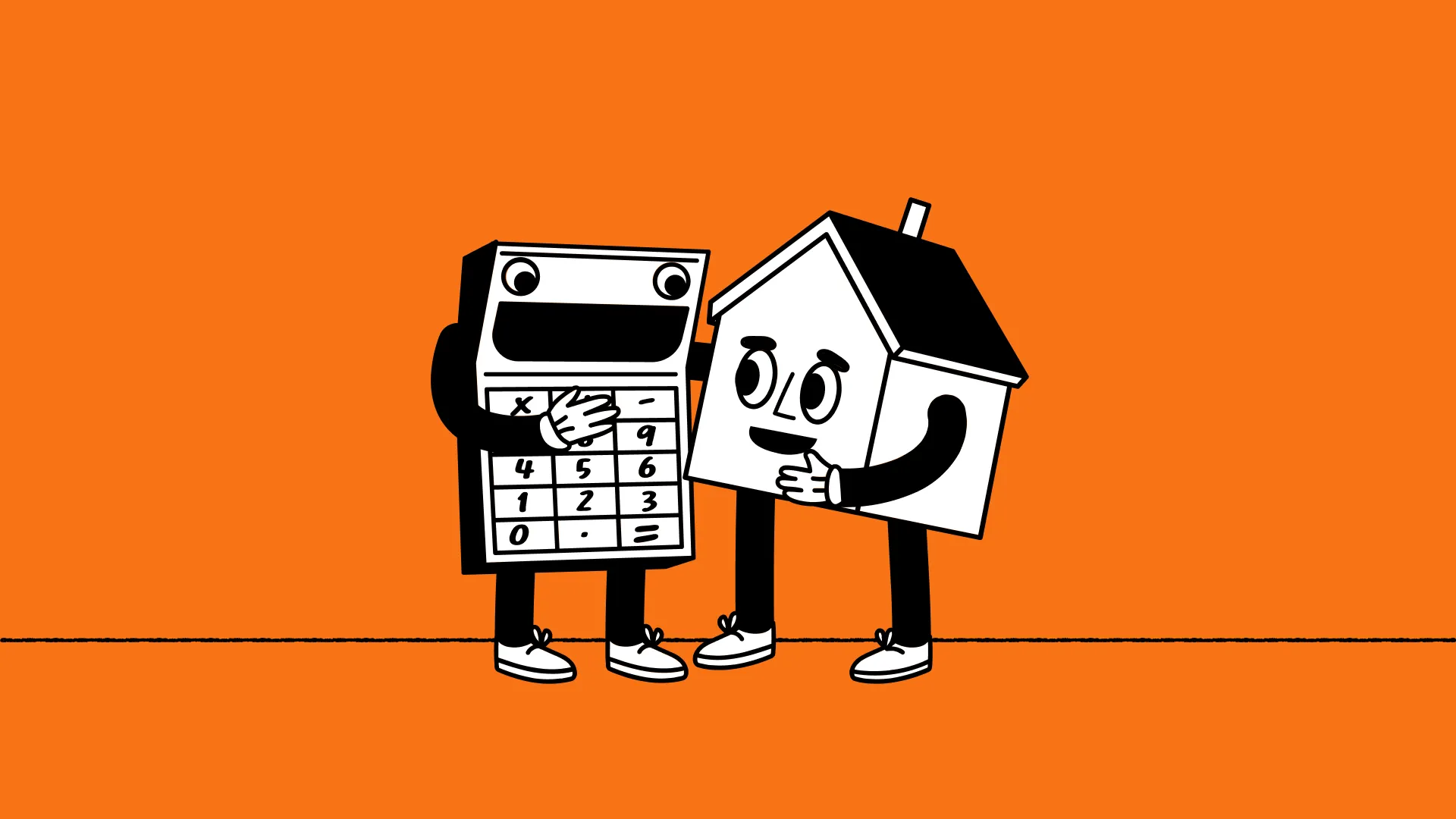Complete Guide to Stamp Duty
How much stamp duty should you expect to pay when buying a property? Here's what you need to know.
Your home may be repossessed if you do not keep up repayments on your mortgage.
Exclusive broker partner to

Author: Michael Whitehead Head of Content
3 mins
Updated: Nov 17 2025
Author: Michael Whitehead Head of Content
3 mins
Updated: Nov 17 2025
Please be aware that by following any external links you are leaving the Haysto website. Please note Haysto nor HL Partnership Limited are responsible for the accuracy of the information contained within external websites accessible from this page.
On this page
What is stamp duty?
‘Stamp Duty Land Tax’ (otherwise known as Stamp Duty), is a one-off tax you have to pay when buying a property in England and Northern Ireland. Homebuyers in Scotland pay ‘Land and Buildings Transaction Tax’ and in Wales ‘Land Transaction Tax’ instead.
Stamp duty is charged as a percentage of the amount paid for the property when it’s bought or transferred. So how much you’ll pay will depend on how much you’re paying for the home.
How much stamp duty will I have to pay?
Since the 1st April 2025, the standard Stamp Duty thresholds are as follows:
Property value | Stamp duty rate - main residence | Stamp duty rate - additional properties |
|---|---|---|
Up to £125,000 | 0% | 5% |
The portion from £125,001 - £250,000 | 2% | 7% |
The portion from £250,001 - £925,000 | 5% | 10% |
The portion from £925,001 – £1,500,000 | 10% | 15% |
The remaining amount, £1,500,001 and upwards | 12% | 17% |
You’ll need to pay your stamp duty within 14 days of completing your property purchase. If you miss the deadline, HMRC may charge penalties and interest.
What’s the stamp duty on second properties?
As the table above shows, you should expect to pay a higher rate of stamp duty with a second home - this includes buy-to-lets. Since the 31st October 2024, the additional surcharge rate for stamp duty on second homes is 5% on top of the standard rate.
However, if you sell your main residence and move into your second property within three years, you can claim this stamp duty back.
What’s the stamp duty rate for first-time buyers?
If you’re a first-time buyer, you can currently take advantage of a 0% threshold of £300,000 on properties valued at £500,000 or less.
If the property you’re looking to buy is worth more than £500,000 there’s no first-time buyer relief and standard residential rates will apply.
If you’re buying with someone else, then you’ll both need to be first-time buyers to take advantage of this discount. Don’t forget, you’ll still need to complete what’s called an SDLT Stamp Duty Land Tax return, even if you don’t have anything to pay. It’s just a process - your Haysto Mortgage Expert can help you with this.
Are companies liable for Stamp Duty?
Yes, they could be. Since 31st October 2024, any company or ‘non-natural person’ purchasing a residential property worth £500,000 or more will pay Stamp Duty at a single rate of 17% (up from 15% previously).
Are there any exemptions for stamp duty?
There are a few circumstances where you might not have to submit a SDLT return:
No money actually changed hands, for instance if the property was gifted to you (though this doesn’t apply if you swapped houses with someone else)
If the home was left to you in someone’s will
If the home was transferred to you after a divorce or separation
You bought the property for less than £40,000
You bought a new lease of seven years or more (as long as it cost less than £40,000 and the annual rent is less than £1,000)
You used alternative arrangements to finance the purchase i.e. religious laws
How Haysto can help!
If stamp duty can seem like a maze, an experienced mortgage broker can advise you on where you stand, how much you might have to pay, and when.
Make an enquiry to speak to a member of our team.
We Make Mortgages Possible
Our Mortgage Experts are fully qualified with experience in bad credit, self-employed and complex mortgages. They have a proven track record of getting mortgages for people who’ve been rejected elsewhere.
Get Started NowInformation
Tools & Guides
Haysto, a trading style of Haysto Ltd, is an appointed representative of HL Partnership Limited, which is authorised and regulated by the Financial Conduct Authority.Registered Office: Haysto, Crystal House, 24 Cattle Market Street, Norwich, NR1 3DY. Registered in England and Wales No. 12527065
There may be a fee for mortgage advice. The exact amount depends upon your circumstances but will range from £599 to £1599 and this will be discussed and agreed with you at the earliest opportunity.
The guidance and/or information contained within this website is subject to the UK regulatory regime and is therefore targeted at consumers based in the UK.
Your home may be repossessed if you do not keep up repayments on your mortgage.








